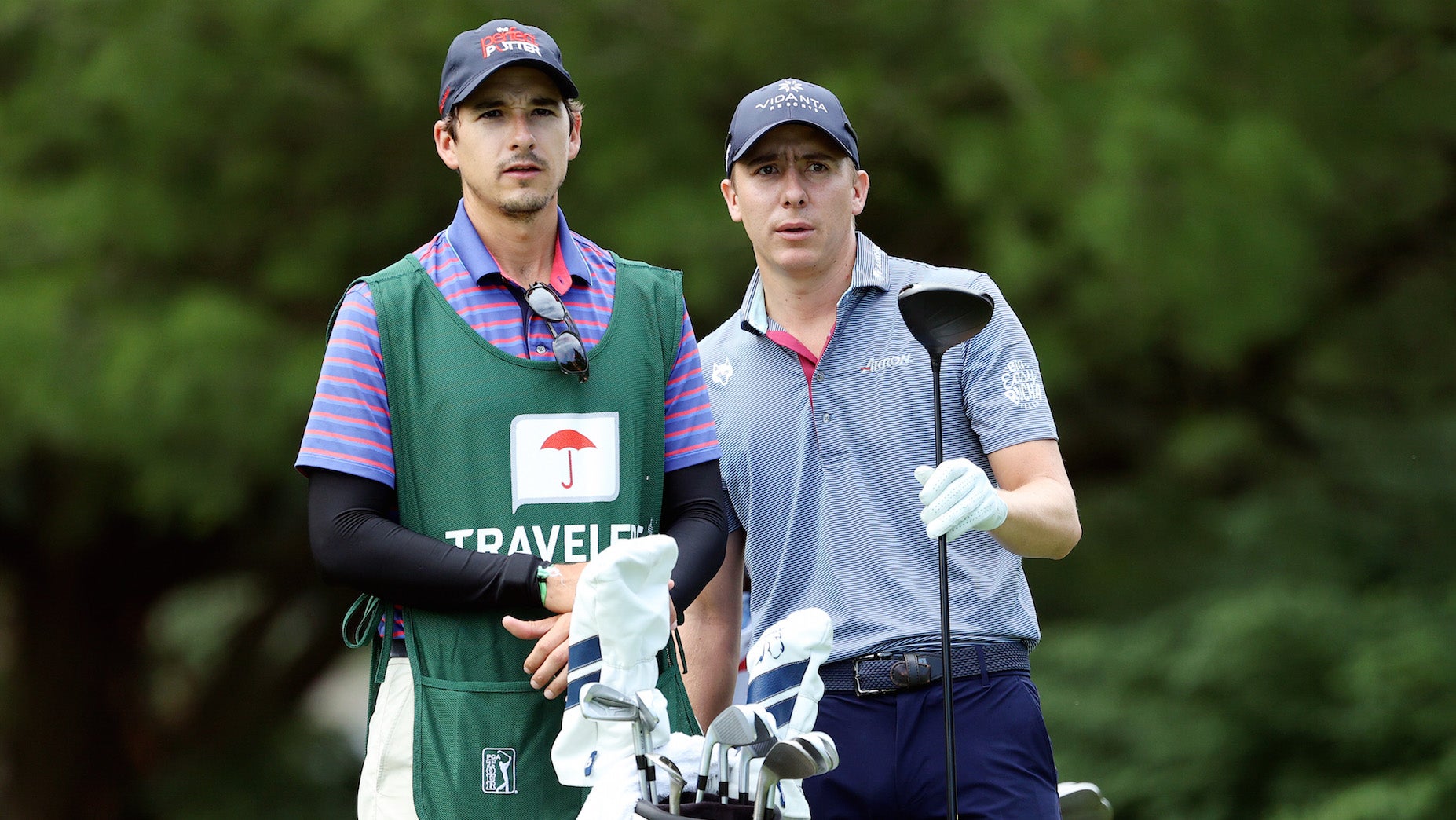Welcome to another edition of the Fully Equipped mailbag, an interactive GOLF.com series in which our resident dimpleheads Jonathan Wall and Andrew Tursky field your hard-hitting gear questions.
Reader email: I’m in an argument with a buddy about whether he should leave driver in the bag and hit three-wood exclusively. Any thoughts? To further explain the question, is there a club design aspect (MOI, size of sweet spot, etc.) that would make three-wood a better option than a driver, or vice versa?
Ah yes, the classic “driver vs. three-wood” debate.
Those who support hitting driver argue that getting closer to the hole, over time, will lead to lower scores. Those who support the three-wood, on the other hand, side with caution and say that hitting fairway wood is more accurate, and it will keep you away from trouble and penalty shots.
Let’s put course management to the side, though, and instead look at what makes more sense from a club-design standpoint. Is a fairway wood really designed to be more dependable than a driver?
Tim Briand, co-host of GOLF.com’s Fully Equipped podcast and Executive Vice President of GOLF.com’s sister company True Spec Golf, recently weighed in with his expertise on the matter.
As with many equipment arguments, unfortunately, this doesn’t have a definitive answer. Some players will be more comfortable with a driver off the tee, and others more comfortable with a fairway wood. A lot of it depends on club-fitting, too, but here are a few things to consider, according to Briand.
- The driver has a bigger face and a bigger sweet spot, so shots hit off-center won’t be as penal with the driver. There are also plenty of high-MOI drivers on the market that take forgiveness up a notch, too.
- Most players use a shorter shaft in their three-wood, which will offer greater control and consistency of impact on the face.
- Most players swing the driver faster, and the ball tends to go farther, so offline shots will go even farther offline with the driver. It should be noted, however, that some slower speed swingers may hit the three-wood as far, or farther than, a driver.
- A three-wood imparts significantly more backspin, which will help with accuracy most of the time, and it also helps with workability control.
- The ball is teed much closer to the ground with a three-wood, so the variability of turf interaction does come into play.
Of course, this argument means nothing if you have glaring issues when hitting either the driver or the three-wood. If you tend to hit a wild slice with your driver, but you hit your three-wood straight every time, then three-wood is the obvious choice to hit more often. If you tend to top your fairway wood, but catch the driver clean every time, then playing conservative with a fairway wood doesn’t help much.
To figure out what’s truly right for you, Briand suggests putting it to a simple test.
Next time you have the course to yourself — either early in the morning or late afternoon is best — take two sleeves of golf balls with you. Mark the golf balls from one of the sleeves with a special marking to denote your three-wood shots. Select three different holes for the test: a dogleg left, a dogleg right, and a straight hole.
Then, hit six tee shots on each of the holes; three shots with your driver and three with your fairway wood. Bring a notepad with you to write down the results, or just type them into your notes app on your phone.
After hitting nine tee shots with each club on three different holes, you should have a solid idea of which one is the more reliable option for your game.
You may also notice that one of the clubs is performing significantly worse than the other. In that case, it may be time to check up with a professional fitter to look at why it’s underperforming. Under the guise of the professional, you can also consider trying out a shorter driver length for greater control. It’s certainly worth a test!
In the mean time, check out the full podcast (with a fantastic guest appearance from Gary McCord) below!
